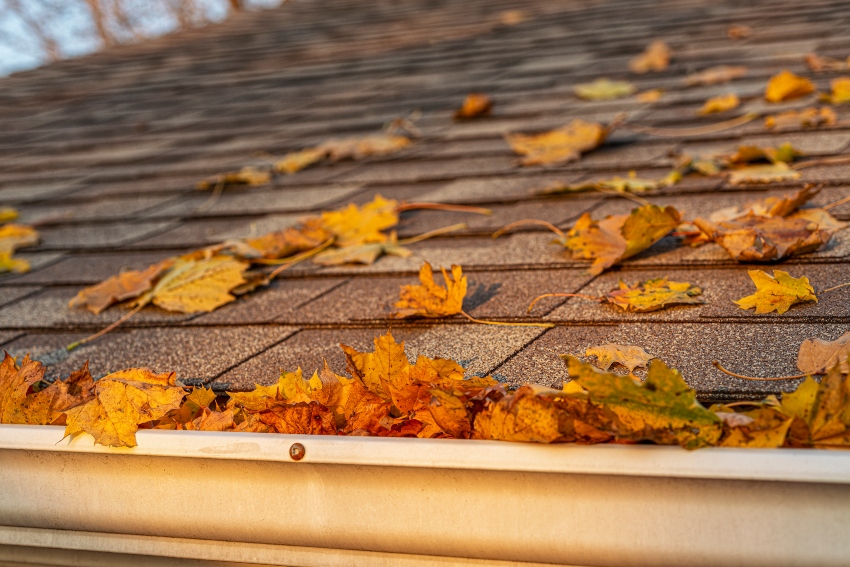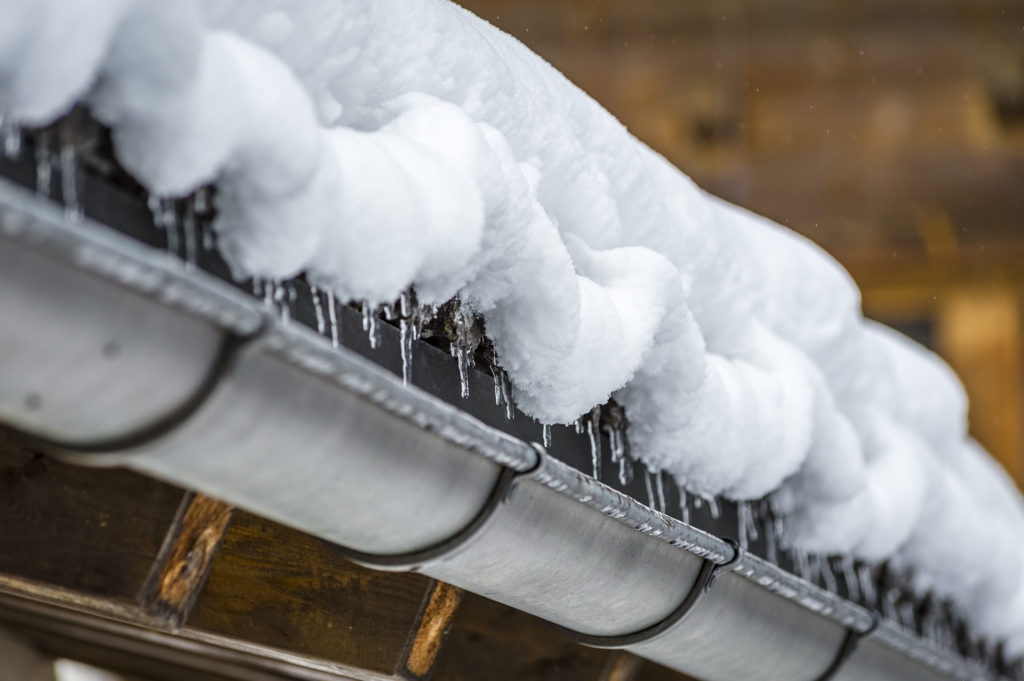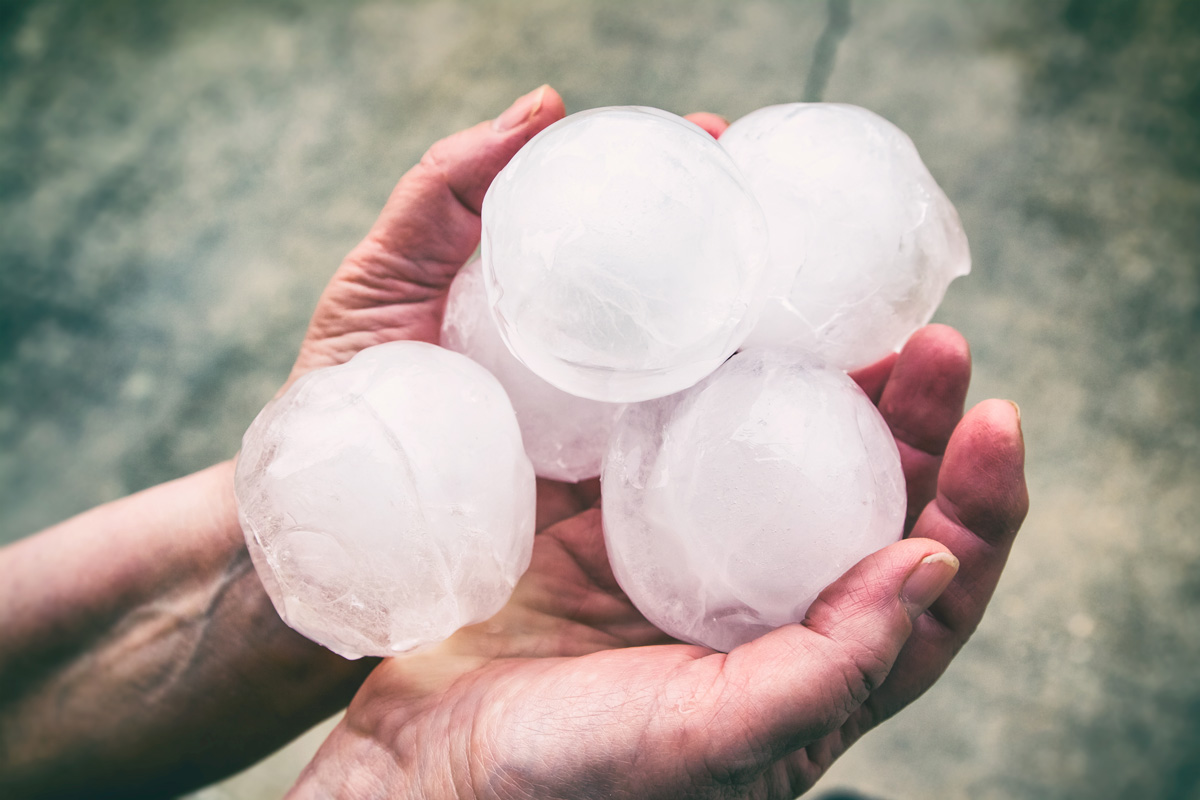Ways to Protect Your Roof This Fall

That crisp air and those colorful trees mean fall weather is officially upon us. With each changing season comes a new list of home maintenance tasks. The roof does its job of protecting you and your home all year, but how do you look out for it and keep it sturdy? Read on to learn simple ways to protect your roof this fall.
Remove Debris
Clear your roof of tree branches, leaves, pine needles, and other debris. These things can hold moisture and eventually mold or rot, which could cause shingles and roofing material to deteriorate.
Use a broom or blower to remove debris. Also, keep an eye on lower areas where slopes meet. Rainwater collects in these valleys to flow off the roof, so it’s important to make sure the passageway is open.
Additionally, look for and trim any low-lying branches or those that hang over the edge of your roof. This will help prevent moisture and debris from resting against or collecting on the rooftop. Remember to use caution: Be aware of and careful around any power lines near your home’s roof. Don’t hesitate to contact the utility company to do the trimming for you.
Look for Damage
Now that your roof is free from debris, check the surface for any signs of damage. Look for broken, missing, or curled shingles and repair or replace them right away. If you find significant flaws, have a qualified expert inspect the area to determine whether you may need a full roof replacement.
Also, check the flashing around chimneys, vents, and skylights. This material directs water away from those vulnerable areas of the roof, so be sure it is in fine working condition.
Clear Gutters
If you have a gutter system along your roofline, be sure to keep it clear.
That debris from your rooftop often ends up in your gutters, which creates clogs and prevents the system from properly draining water. Rainwater can then overflow and damage your roof, siding, and trim boards. If the gutters become too heavy from rain-soaked debris and standing water, the system may start to pull loose or even collapse.
Save yourself from potentially expensive repairs by clearing the gutters throughout the fall. Once the trees around your home have lost their leaves, do another thorough cleaning to ensure the channels are unobstructed.
Or, to avoid the hassle of gutter cleaning altogether, consider installing a LEAFAWAY® Gutter Protection System.
With cooler weather finally here, be sure to get outside and keep up with home maintenance. These simple suggestions will help protect your roof this fall. If you have concerns about possible roof damage or questions about gutters, the Twin Cities area home exteriors professionals at Spotless & Seamless can help. Contact us today to learn more.




